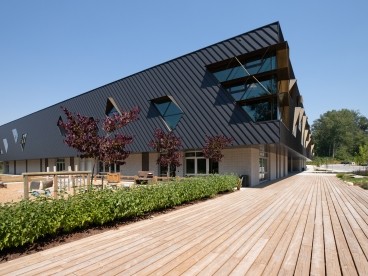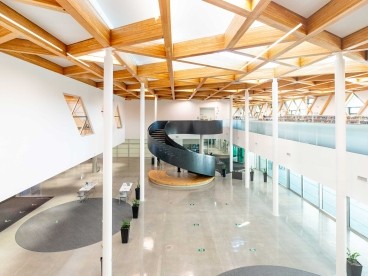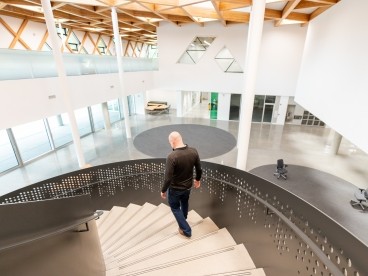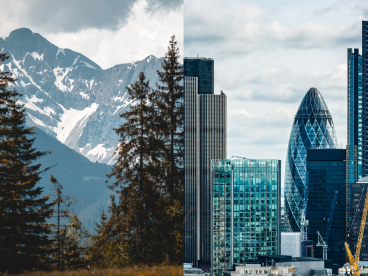OPINION | Breathable Buildings: Finding Resilience in an Uncertain World
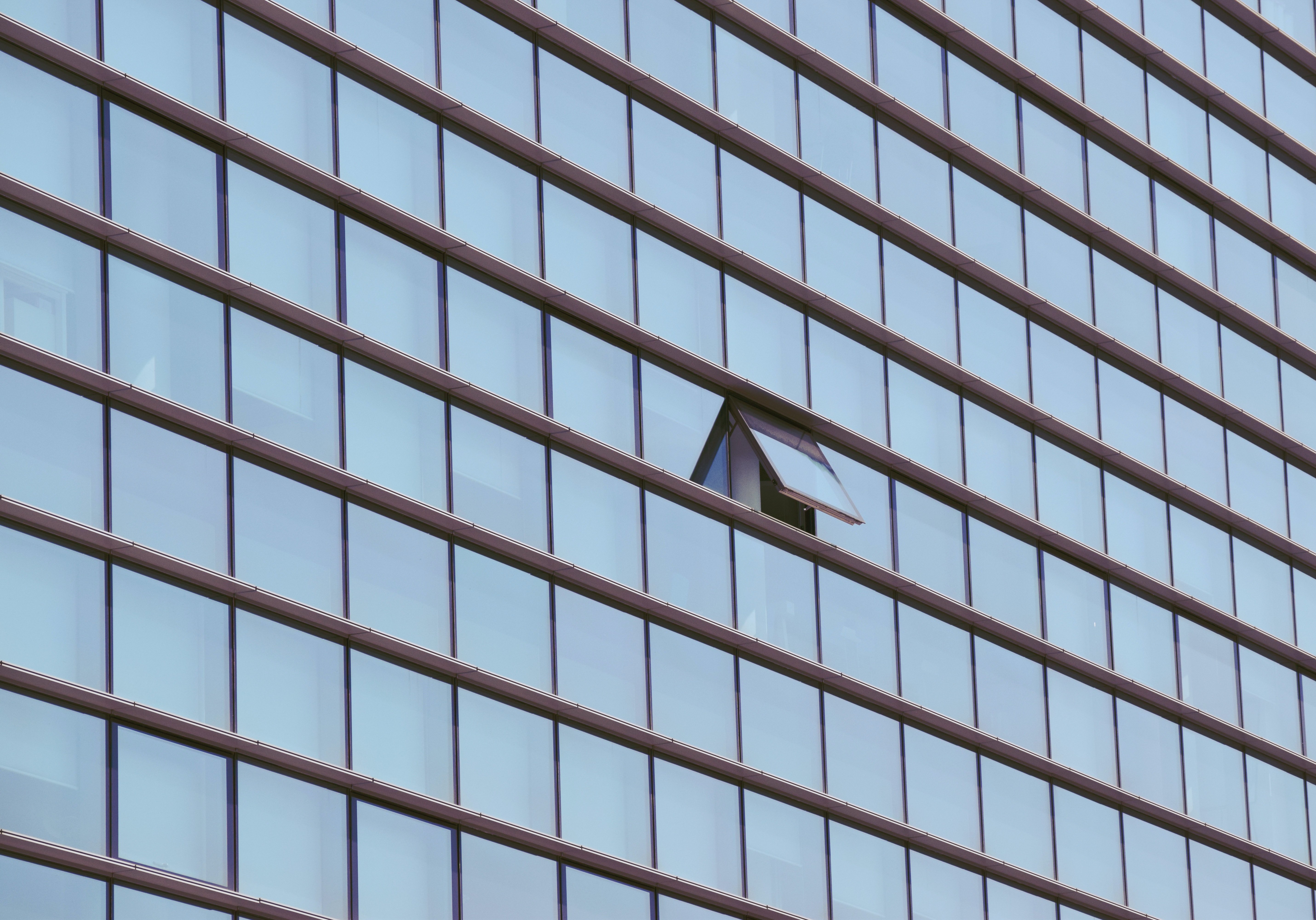
At the start of 2020, much of Australia’s south-east was blanketed in smoke due to bushfires. It’s not the first time we’ve had to endure a bushfire season, but the fact that two of our capital cities, Sydney and Melbourne, were hardly recognizable changed the tone of public discourse, particularly in the construction industry.
And then, without warning, a global pandemic. I marveled at how quickly we could mobilize entire communities, industries, and governments to respond in a coordinated and aligned way. In the construction sector, COVID-19 accelerated our pursuit of healthy buildings, particularly those that provide an abundance of fresh air.
As an engineer, I’ve always been a fan of strategies that provide a solution to more than one challenge. It’s why the breathable building concept is so compelling, in its ability to enhance resilience, promote well-being and maximize the connection to the outdoor environment. We see this approach all over the world, particularly in the residential sector, but not so much in commercial workplaces or healthcare. So what’s holding us back?
A few years ago, I was involved in the design of the American University of Beirut Medical Centre Expansion in Beirut, Lebanon. Our team pitched the concept of natural ventilation in patient rooms, which may appear bizarre if you’ve ever experienced Beirut’s air quality firsthand. But we weren’t just thinking about today. What if Beirut’s air quality improves? Should we design out the possibility of natural ventilation in a building that will last more than half a century? More importantly, we wanted the hospital to be as resilient as possible in the event of a critical disaster.
Our calculations showed that naturally ventilated patient rooms could allow backup power to last more than four times longer. It was this co-beneficial value proposition that allowed us to document operable mechanisms in the patient room windows, even if they’ll be locked for the first few years of operation.
So how can we mobilize an industry that is hesitant to incorporate natural ventilation? How can we learn from the global success stories that have come before?
The Impact Fund has given me the opportunity to collaborate with façade and structural engineering practice Eckersley O’Callaghan to bring my interests in breathable buildings to life. The resulting report is a snapshot of our experience delivering breathable buildings, focused on the value proposition and the key challenges. The reason we’ve focused on these concepts is to support decision-makers and design teams in their exploration of natural ventilation, which can sometimes appear too risky, too difficult, or too expensive. In our experience, the right mix of vision, skills, and collaboration can unlock those challenges.
In reading the report, keep in mind that natural ventilation isn’t the solution for every building. But I do hope the report gives you the tools and resources to confidently put breathability on the table for discussion. And perhaps the next generation of buildings will provide the resilience we need for future challenges.
This advisory piece on breathable buildings, in partnership with façade engineers Eckersley O'Callaghan, details why natural ventilation is an important design strategy with many co-benefits.
Through this work, we want to encourage clients and design teams to understand natural ventilation better, learn how to implement it effectively in projects, and make it an industry standard.
How can breathable buildings enhance high-rise buildings and help us achieve our climate goals?

David leads Introba's Australian National Sustainability Team and is known for his pragmatic approach to sustainability, providing evidence-based advice that focuses on people, place, and performance. He returned to Australia in 2019 after spending several years working in London and has led global projects. David brings a wealth of knowledge in cutting-edge analytical tools, sustainable design technologies, and global benchmarks and exemplars.
A particular strength in people-led design comes from years of experience working with high-profile tech sector clients alongside international design firms. His approach to design revolves around early engagement, technical rigor, and compelling storytelling, allowing collaborators and stakeholders to engage with his work. David has served on industry panels, including the Green Building Council of Australia (GBCA) Expert Reference Panel for GHG Emissions, the WELL Building Standard's global Advisory Group for the Light and Thermal Comfort Concepts, and the PCA Sustainable Development Committee.
More About Impact Fund
Related News
-
Jul 12, 2024
Doing the Work in Regenerative Practice of working with Your Level of Energy
Insights & Perspectives -
Jul 11, 2024
Can We Keep Up with AI’s Rapid Growth?
Insights & Perspectives -
Jun 21, 2024
Engineering With Heart: Building Community Connections in Rwanda
Insights & Perspectives
